Estimate reading time: 7 minutes
Summer is always busy. We need to do more work before holidays season (July/August) and then need to catch up with the work we delayed – and this happens in September. Fortunately, beside regular work on nixie tubes and clocks, we started several new projects and I want to write about these.
Sebastian – our new electrical engineer
Since the very beginning of this nixie tube resurrection project, I dreamed about hiring a professional electrical engineer. It must be great if you can just specify what you want as a result (e.g. new clock board), provide the necessary means (tools, parts) and wait for it while you do some other work. Of course, it is not that simple, you usually can’t deleage it all, but at least this was the idea. The problem was that we never had enough income to cover a salary for such position. This year, we finally improved our cash flow and managed to keep steady balance of around USD 60.000 with no loans/debts. This amount of money would keep us in business for around three months in case we lost all income – this is certainly unreal paranoid scenario, but it is better to count with worse possibility.
Sebastian finished his masters degree on University of Dresden recently and contacted me with the idea to work for us for one year. From his month-long internship (September 2017) I knew he is very smart and skilled engineer with interest and knowledge of how nixie tubes work. And because it seemed we should financially make it, I hired him.
We came up with simple workflow – there will be 2-3 bigger high priority projects to work on. When we are waiting for something for these projects (e.g. a PCB to be manufactured, parts to come, customer to respond etc..), there will be a pool of small low priority tasks to fill the void. This way the work should be efficient and clear. Significant part of the work/tasks have to be possible to do remotely because Sebastian will spend two weeks in a month on a homeoffice back in Germany. So far it looks good, we organize all using Trello todo lists and share data via Dropbox.
One of the high priority task is new version of burn-in machine with integrated process measurements. It will be able to automatically optimize burn-in process according to measured electrical parameters on the processed nixie tubes. It will be also able to record relevant data for each tube for possible future examination – this will be valuable in case a problem with tubes appear, the data can show us some hints to stick to..
I talked about hiring Sebastian with several people and it is interesting that one common questions is – if I am not afraid that a smart person inside the company can steal all the know how and start own business.. Of course I am, however this reminds me an interview with a CEO of one of the big technology startups from Silicon Valley (cant remember which one).. He responded that the question is not “what will happen if the employee steals the know-how” but “what will happen if the employee DOES NOT steal the know how”.. This is so smart and it became the way I think now.. Whenever I share a know-how, I got more back.
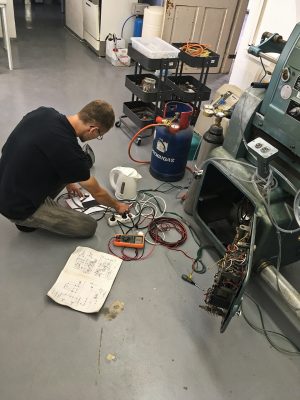
One of the low priority tasks was making a soft-start for our glass lathe.. Part of this circuit is a low value high wattage resistor – Sebastian gathered interesting things to evaluate best value – old iron and electric kettle. The feeling when you see other people’s face when the guy is connecting a kettle to glass-lathe.. 🙂
Webserver upgrade
We have our own hosted hardware for our website – I set it up for one of my previous projects with high traffic when common hosting was not enough. I like the flexibility custom hardware/OS offers, but there are also downsides.. I need to manage it. Our current server was running without a restart for over 6 years, over 2000 days uptime. In September I decided to upgrade the OS (Debian) to new version.. All done remotely, and it went quite smooth..
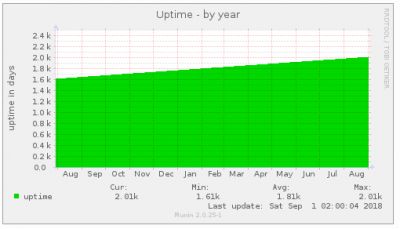
Exploring new materials and tube making processes
Delegating part of own work on others brings first fruits, I can push forward the core activities of a tube manufacturing business – exploration of new tube making possibilities!
One of the project is slightly smaller tube (40 mm outer diameter of envelope) with flat stem made of soft glass. The objective is to find out if we are able to produce a small tube and offer less expensive tube in future without compromising on quality.
I tested sealing of the envelope to the stem without cracking – the process is much more demanding for proper heating up/cooling down. It is not just about the high coefficient of thermal expansion of soft glass but also about shape of the seal, shape of the stem, layout of the pins – all this has impact on stress developed in the glass which can result in cracking of the glass or leaks.
Another difficult task is sealing-off the stem after pumping/filling. The stem is located between the tube pins and it is not easy to preheat and cool this place properly. So far I did it regular way with torch with mixed results, for more reliable results I will need to come up with better solution. I have some ideas inspired by CRT tube production – will test in upcoming months.
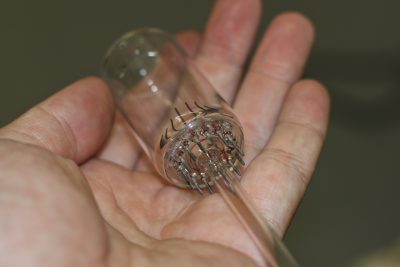
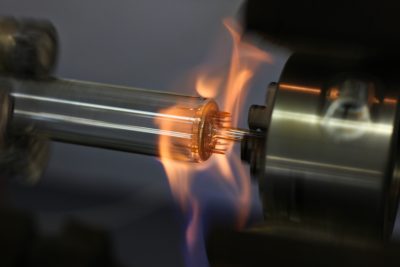
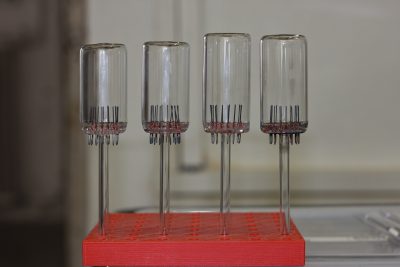
Another project in a pipeline is manufacture of huuuge nixie tube. I worked on this slowly during past year, I am now moving focus on it because we might be involved in a prestigious project utlizing such monster nixie tubes! This one is 150mm diameter and around 250mm tall – for sure out of our glassworking capabilities. In following weeks I will need to upgrade our burners, oxygen supply etc..

Clock firmware update
There was a time to implement some new features to firmware of our clocks. There will be an option to display date, new digits transition effect, improved offline mode, improved NTP sync. The firmware is now in testing, will be released soon. All clocks will be updated automatically once the firmware is out.
Designblok
In few weeks we will exhibit our clocks on Designblok in Prague, biggest czech design event. Adela prepared design of the installation and organized its manufacture. We will show two new clocks – a Puri clock (which I already mentioned) and Ooo clock.
Ooo
Oooooooo, what a clock! Ooo clock is our most recent creation designed by Adela Bacova. The idea for Ooo clock appeared spontaneously during work on installation for Designblok. Ladies in the team mentioned several times that our current clocks are too technical, Adela expressed interest in coming up with custom design. Softer, organic shape, warmer material. Why not? 99% of our customers are men, 1% are women seeking for a gift for their husbands 🙂
Few weeks later, Adela presented idea of a 4-tube clock with oval porcelain body, the clock should resemble a pebble. We all loved it!
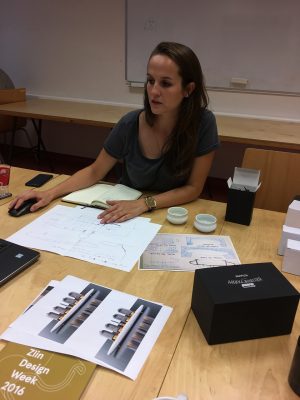
We opened cooperation with local studio focused on porcelain and ceramics. They created a master model, mold and first few prototypes. It turned out that the shape we want for our clock will be tough proposition. It tends to deform and also matching the holes to board with electronics will not be easy – the porcelain shrinks by around 15%, depending on firing temperature.
New batch is just being manufactured, we need at least one perfect piece to show on Designblok.

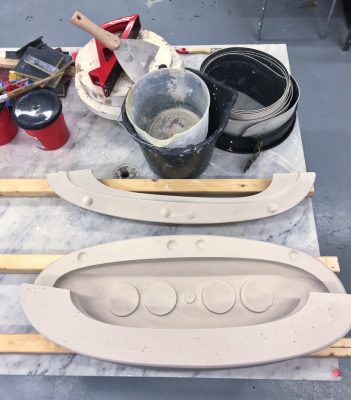
New problem in production
Practically all things are running well, the manufacture is well organized and the leak failure rate dropped close to nothing. Tubes with serial numbers between #4000 and #6000 have 0.15% failure rate, this means we had to replace 3 tubes from 2000 manufactured. I consider this big success.
But we are not problem free – I am now investigating new problem, customers reported around 20 tubes which developed a serious cathode poisoning in just few months of operation. Almost all tubes are from #4500 series, only few of them later or earlier. Nothing from #5000+ batch, I remember only handful of tubes doing this before #4000. I have few theories, I consider a contamination to be the most probable one. To prove it, we will need to build an analyzer..
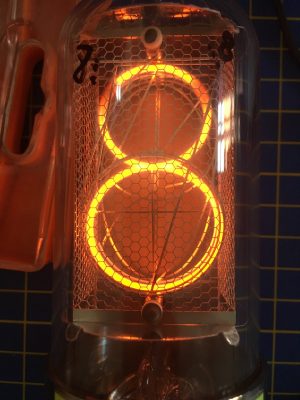
Gas analysis
For years, I planned to develop a method how to analyze the gas inside a nixie tube. The issue with cathode poisoning was the last straw which finally made me to start building an analyzer.
I tried using optical spectrometer to make the analysis of light spectrum emitted from activated nixie tube, however this is not very reliable. The ideal method would be transferring the gas from a nixie tube into residual gas analyzer (RGA) which can give us information about the gas composition. The biggest challenge is how to transport the gas from a nixie tube into the RGA without contaminating it with surrounding atmosphere? First way I will try will be using the same principle what old neon tube makers were using to connect a glass flask with neon to a glass tubing – more about that in later posts.
I already purchased the RGA, brand new modern unit.. I can’t wait to switch this new toy on 🙂
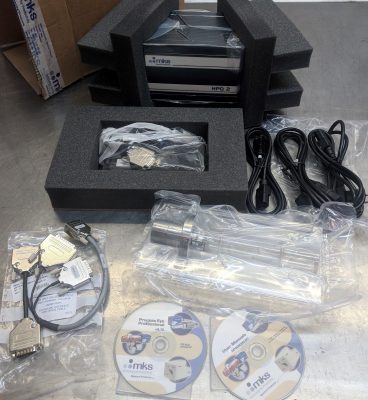
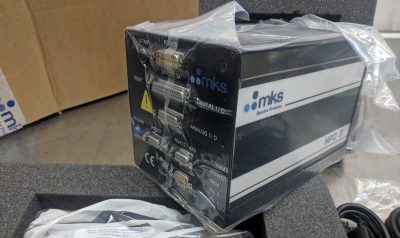
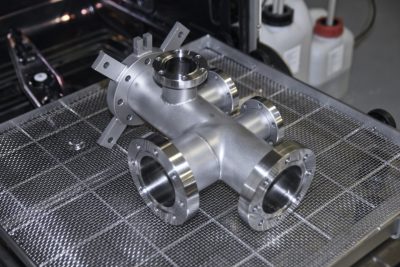
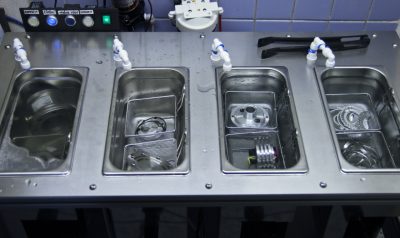
Thats all for now.. Are you interested in future blogposts? Subscribe for my newsletter: https://www.daliborfarny.com/newsletter/